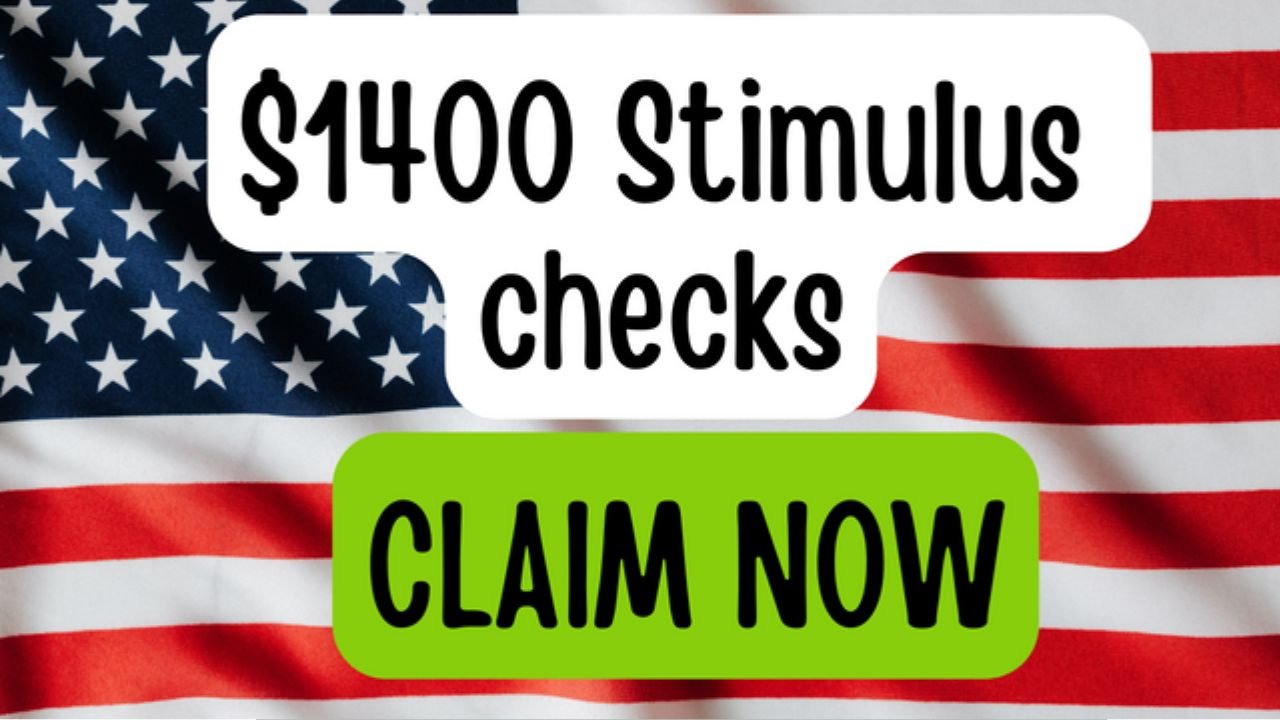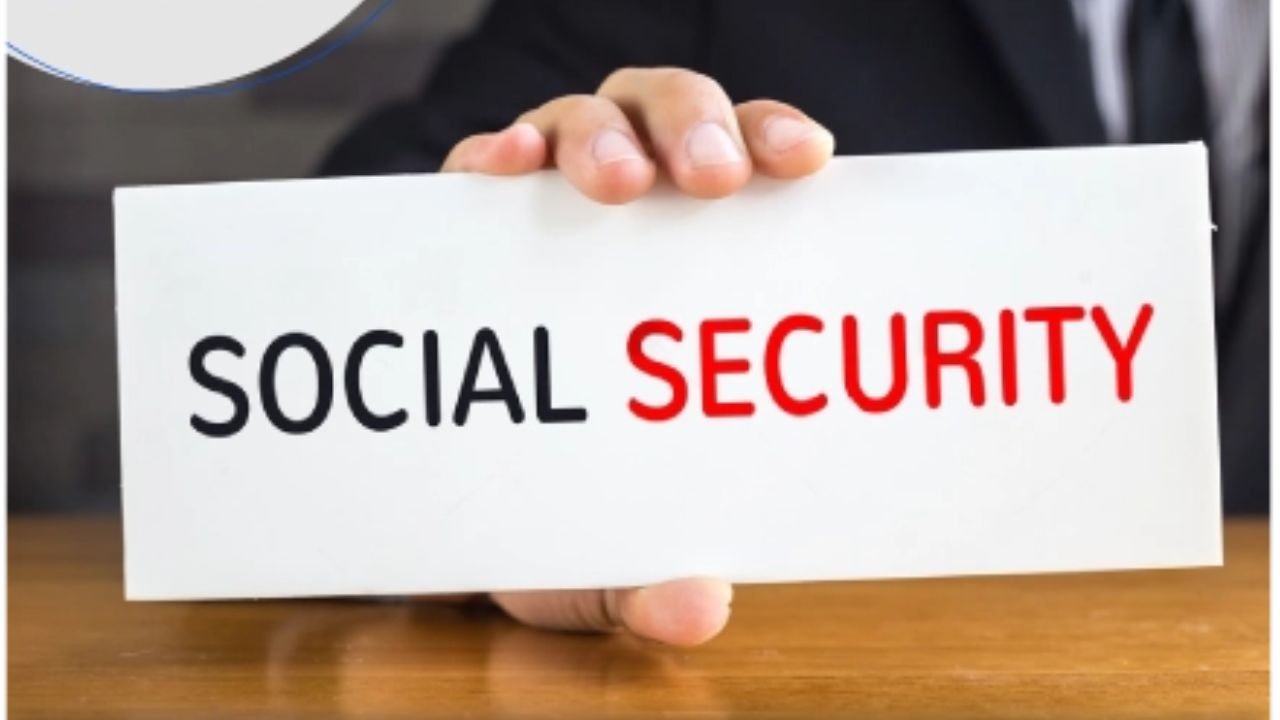$1400 Stimulus Checks Arriving in July 2025: Many Americans may still qualify for a third-round stimulus payment of up to $1,400 per person, originally authorized under the American Rescue Plan Act of 2021. While these payments were distributed automatically to most eligible individuals, some people never received their full amount due to filing errors, outdated banking information, or changes in life circumstances. The IRS is allowing those who were underpaid or missed out entirely to claim the money through the Recovery Rebate Credit—but time is running out.
The deadline to file for this credit is July 15, 2025, meaning this is the last opportunity for eligible individuals to claim what they are owed. If you never filed a 2021 tax return, received only a partial payment, or experienced issues that prevented you from getting the full amount, you may still be able to secure these funds.
What Is the Recovery Rebate Credit?
The Recovery Rebate Credit is a tax provision that allows individuals to claim any unpaid portion of the third Economic Impact Payment (EIP) from 2021. This stimulus payment was part of the federal government’s COVID-19 relief efforts, providing up to $1,400 per eligible adult and dependent. While most qualified recipients received their payments automatically through direct deposit or mailed checks, millions were left out due to administrative errors, non-filing status, or changes in financial or personal situations.
If you believe you were eligible but did not receive the full amount, filing a 2021 tax return (even if you had no income that year) is the only way to claim this credit.
Who Is Eligible for the $1,400 Payment?
To qualify for the Recovery Rebate Credit, you must meet the following criteria:
- Income limits: Your adjusted gross income (AGI) in 2021 must have been below the phase-out thresholds:
- Single filers: Full payment if income was under $75,000; phased out at $80,000
- Head of household: Full payment if income was under $112,500; phased out at $120,000
- Married filing jointly: Full payment if income was under $150,000; phased out at $160,000
- Other requirements:
- You must be a U.S. citizen or legal resident.
- You must have a valid Social Security number.
- You cannot be claimed as a dependent on someone else’s tax return.
- You must file a 2021 federal tax return, even if you had no taxable income.
If you received a partial payment in 2021, you can still claim the remaining amount owed.
Why Some People Never Received Their Stimulus Check
Many eligible individuals missed out on the third stimulus payment for various reasons, including:
- Non-filers: People who didn’t file tax returns in previous years (often because they had little or no income) and were not automatically enrolled in the IRS payment system.
- Banking changes: Those who switched bank accounts after filing their last tax return, causing direct deposit attempts to fail.
- Life changes: Individuals who experienced major life events in 2021—such as turning 18, getting married, having a child, or going through a divorce—that affected their eligibility.
- IRS errors: Mistakes in processing or outdated information on file with the IRS.
The IRS estimates that nearly 1 million people may still be eligible for this payment but have not yet claimed it.
How to Claim Your $1,400 Payment
1. File a 2021 Tax Return
The only way to claim the Recovery Rebate Credit is by submitting a 2021 federal tax return, even if you had no income that year. You can file electronically for faster processing using:
- IRS Free File (for simple returns)
- Tax software like TurboTax, H&R Block, or TaxAct
- A local tax professional
2. Complete Form 1040 and Claim the Credit
When filling out your 2021 return, locate the Recovery Rebate Credit section (Line 30 on the 2021 Form 1040). You’ll need to enter the amount you previously received (if any), and the IRS will calculate the remaining balance owed to you.
3. Submit by the Deadline
The final deadline to file for the credit is April 15, 2025 (for most taxpayers). If you miss this date, you will permanently lose the opportunity to claim the payment.
How Will You Receive the Money?
- Direct deposit: If you provide your bank account information on your tax return, the IRS will deposit the funds directly into your account (fastest option).
- Paper check: If you don’t provide banking details, the IRS will mail a check to your address on file.
Processing times vary:
- Electronic filers: Typically 3–4 weeks
- Paper filers: 6–8 weeks or longer
Common Mistakes to Avoid
- Filing the wrong tax year: You must file a 2021 return—submitting a 2024 or 2025 return will not qualify you.
- Skipping the Recovery Rebate Credit section: If you don’t fill out Line 30, the IRS won’t issue your payment.
- Missing the deadline: After April 15, 2025, the IRS will no longer accept claims for this credit.
Beware of Stimulus Check Scams
The IRS will never:
- Call, email, or text you asking for your Social Security number or bank details.
- Demand payment to “unlock” your stimulus check.
- Use third-party services to expedite your payment.
Always verify information through the official IRS.gov website.
Why This Matters
For many Americans, an extra $1,400 could provide much-needed financial relief—whether for bills, debt repayment, or emergency expenses. If you or someone you know may have missed out on this payment, time is running out to claim it. Take action now before the opportunity disappears for good.






